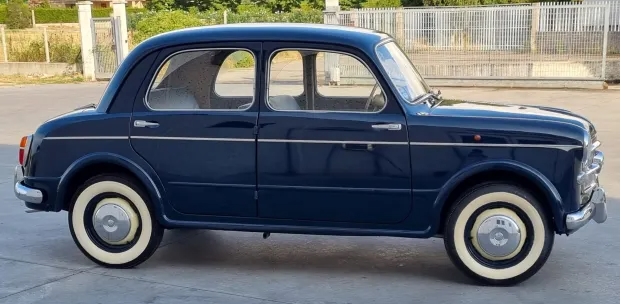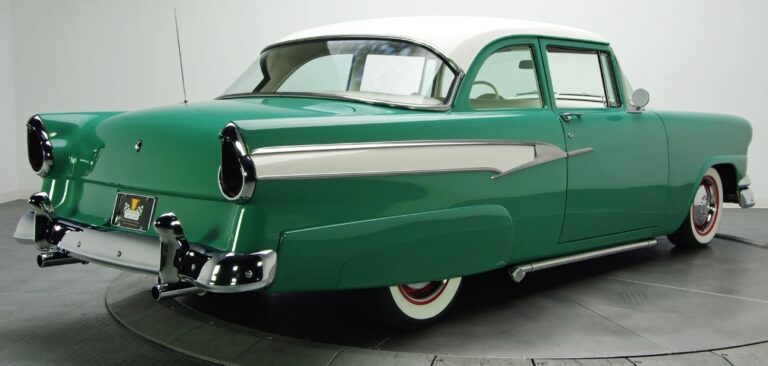The Evolution of the Chevrolet Sonic: A Comprehensive Overview
The Chevrolet Sonic, a compact car that debuted in the United States in 2011, has undergone a significant evolution during its production years. This small yet versatile vehicle was designed to cater to the needs of urban dwellers seeking affordability without sacrificing style, comfort, or technology. This article delves into the history, various models, trim levels, and the evolution of the Chevrolet Sonic from its inception until its discontinuation.
Production Years and Overview
The Chevrolet Sonic was produced from 2011 to 2020, with the final model year representing a culmination of advancements and adaptations in response to market demands. It replaced the Chevrolet Aveo and brought about a refreshed design language, improved features, and an overall commitment to performance and efficiency.
First Generation (2011–2018)
2011 – Launch and Initial Offerings
The Sonic made its debut in 2011 as a 2012 model year vehicle. Chevrolet introduced the Sonic in two body styles: a four-door sedan and a five-door hatchback. The initial offerings were marked by a contemporary design that featured a bold front fascia, aggressive stance, and integrated technology.
Trim Levels:
- Sonic LS: The base model included essential features like power windows, Bluetooth, and OnStar.
- Sonic LT: The LT added more convenience features, including upgraded audio systems, alloy wheels, and enhanced interior trims.
- Sonic LTZ: The premium trim offered leatherette upholstery, a sunroof, and advanced technology options like a touchscreen interface.
- Sonic RS: The sportier version emphasized performance with a turbocharged engine, unique styling elements, and sport-tuned suspension.
2012-2015 – Added Features and Safety Ratings
As the years progressed, Chevrolet expanded the Sonic’s offerings in terms of safety and technology. The Sonic received high safety ratings, which helped bolster its appeal among consumers. With features like a rearview camera, advanced airbags, and optional park assist, it quickly gained a reputation for being a safe and reliable compact vehicle.
New Technology:
- Infotainment Systems: Chevrolet introduced the MyLink system, providing seamless smartphone integration with Apple CarPlay and Android Auto, enhancing user experience significantly.
2016 – Mild Facelift
In 2016, Chevrolet gave the Sonic a mild facelift, including updated front-end styling and new wheel designs. The interior also received cosmetic updates, improving material quality and technology offerings.
Advanced Trim Levels:
- Sonic Premier: Introduced in 2016, the Premier trim featured features like heated front seats, a premium audio system, and additional driver assistance technologies.
.
THIS might be a great place to get your new car from!
Or for those who are into the “car flipping” business, here’s an excellent resource for you!

.
Second Generation (2018–2020)
2018 – Transition to the New Generation
The second generation of the Chevrolet Sonic continued in 2018, primarily focusing on refining the features introduced earlier. Although the overall dimensions and design language remained consistent, updates were made to keep up with evolving customer preferences and technology advancements.
Trim Levels:
- Sonic LS: Continued as the base trim with added standard equipment.
- Sonic LT: Enhanced with more advanced safety features and a modernized infotainment system.
- Sonic Premier: Remained the top trim with luxury additions like upgraded leather seats, navigation, and high-end sound options.
2019 – Market Challenges
As the compact vehicle segment faced challenges with shifting consumer preferences toward SUVs and trucks, Chevrolet made minor adjustments in features but focused primarily on responding to market demands. The Sonic retained appeal for those who valued its efficient fuel economy and practical design.
2020 – The End of the Line
The Sonic’s final year of production saw minimal changes, primarily limited to the retention of existing trims. The compact car segment continued to shrink as larger vehicles grew in popularity, leading to Chevrolet deciding to discontinue the Sonic after the 2020 model year.
Notable Features and Performance
Throughout its production run, the Chevrolet Sonic was known for several notable features:
- Engine Options: The car was offered with a choice of a naturally aspirated 1.8-liter four-cylinder engine and a turbocharged 1.4-liter unit, providing versatility in terms of performance and fuel efficiency, with EPA ratings often exceeding 30 miles per gallon.
- Safety Ratings: The Sonic consistently received high safety ratings from agencies like the National Highway Traffic Safety Administration (NHTSA), owing to features such as ten airbags, stability control, and advanced safety technologies in later models.
- Customizability: The Sonic was known for its customization options, allowing owners to personalize their vehicles with various accessories and packages.
Conclusion
The Chevrolet Sonic stands as a significant contribution to the compact car market, offering a blend of style, efficiency, and modern technology. Though it ultimately met the challenges posed by changing consumer preferences and market dynamics, the Sonic provided a reliable and affordable option for buyers during its production years from 2011 to 2020.
As the automotive industry continues to evolve, with increasing consumer demand for SUVs and electric vehicles, the Sonic, along with its accompanying features and innovations, remains a memorable entry in the Chevrolet lineup—symbolizing the spirit of compact cars that prioritize practicality, performance, and style. Whether admired for its sporty RS variant or valued for the safety and technology in its higher trims, the Chevrolet Sonic’s legacy is one rooted in providing a respected and reliable transportation option. While it may no longer be in production, its impact on the compact market resonated with a segment of drivers looking for an affordable yet capable car.







